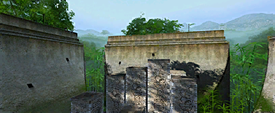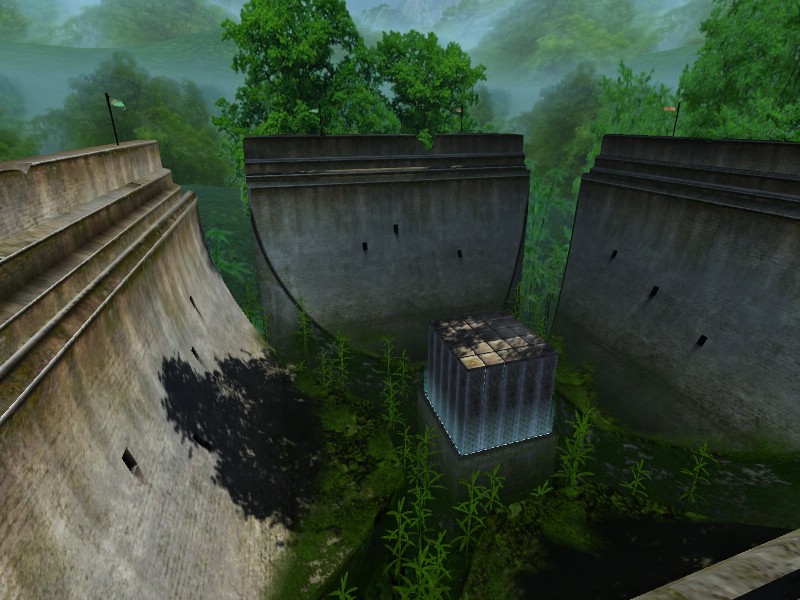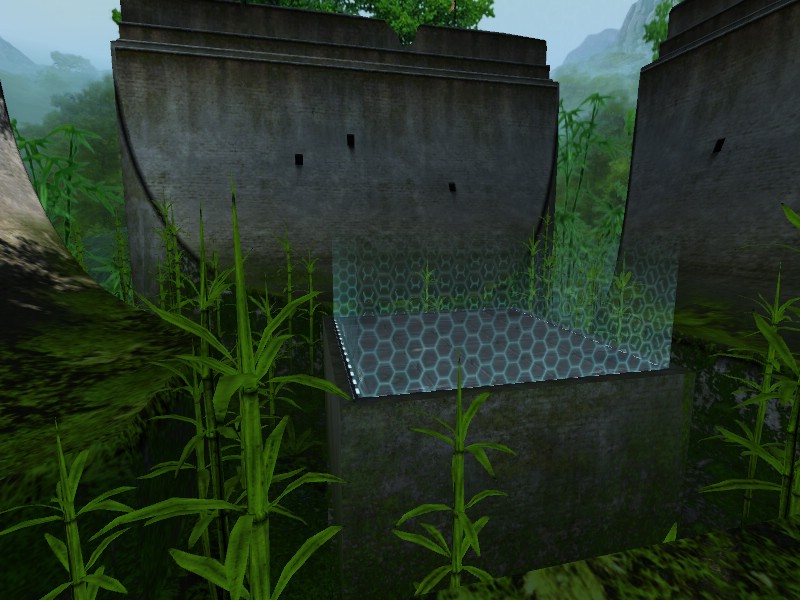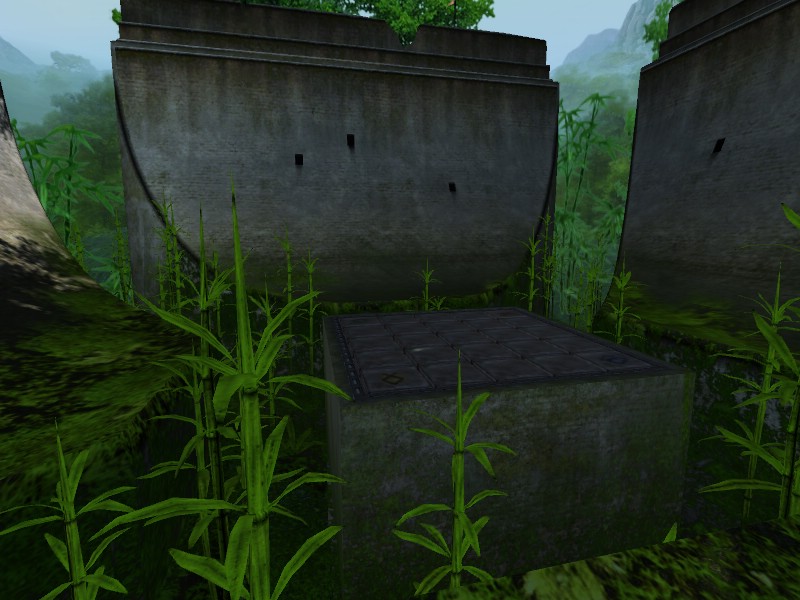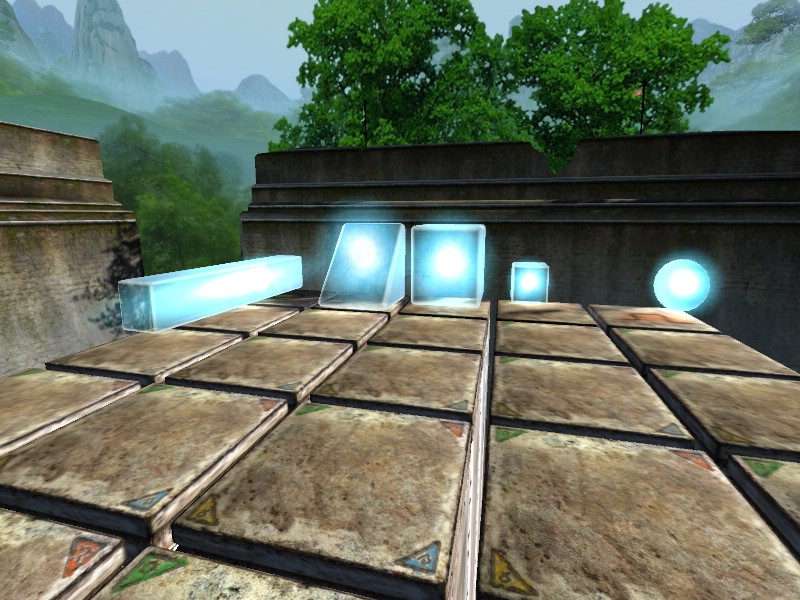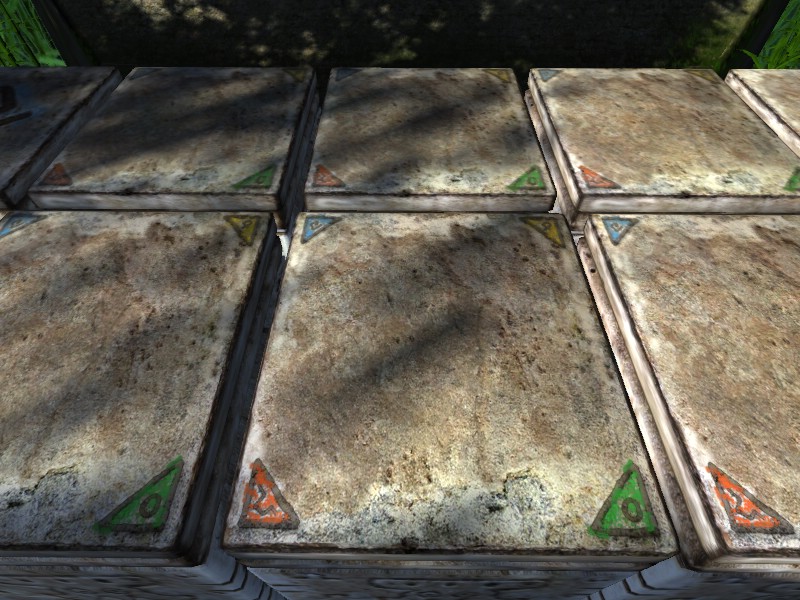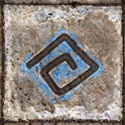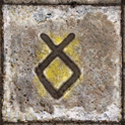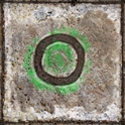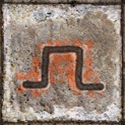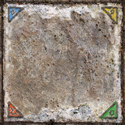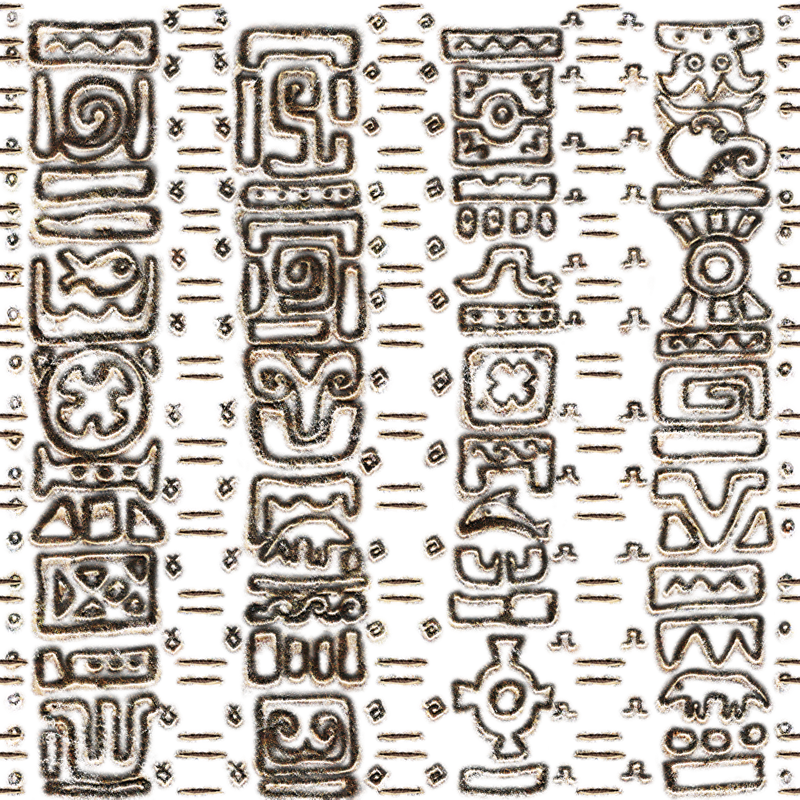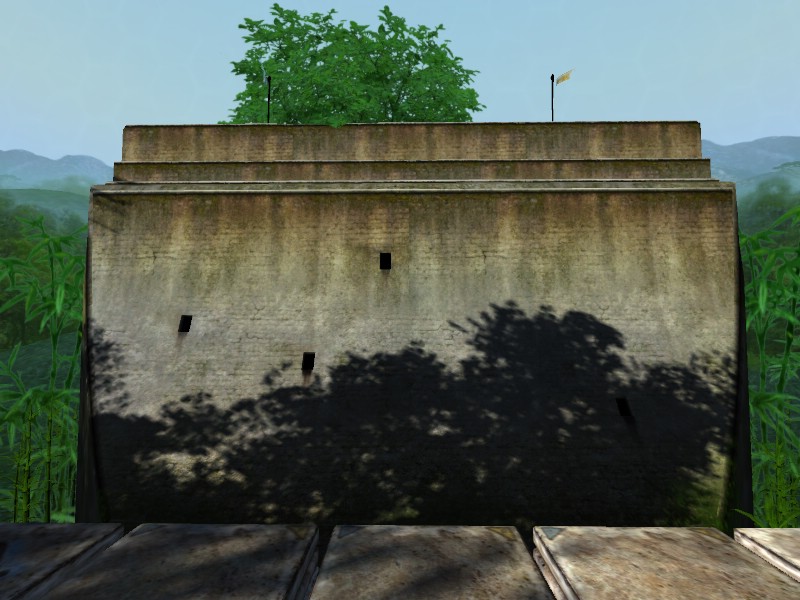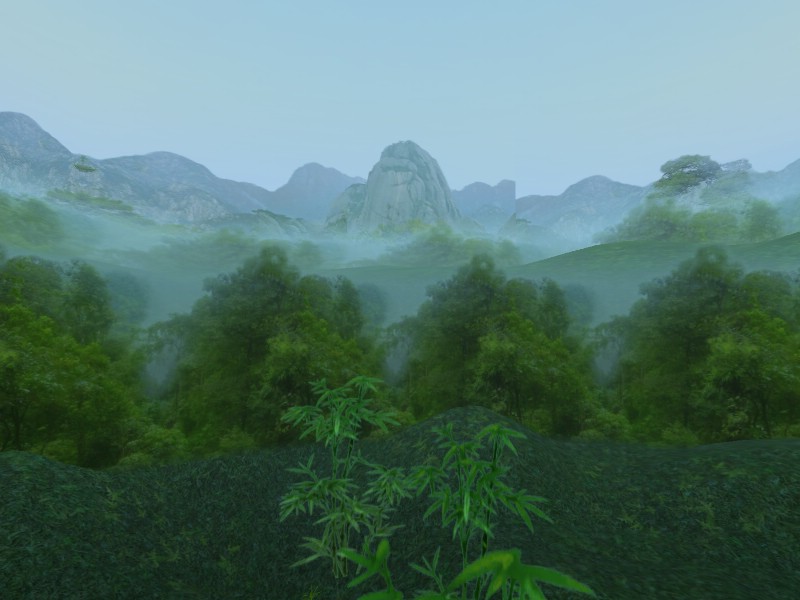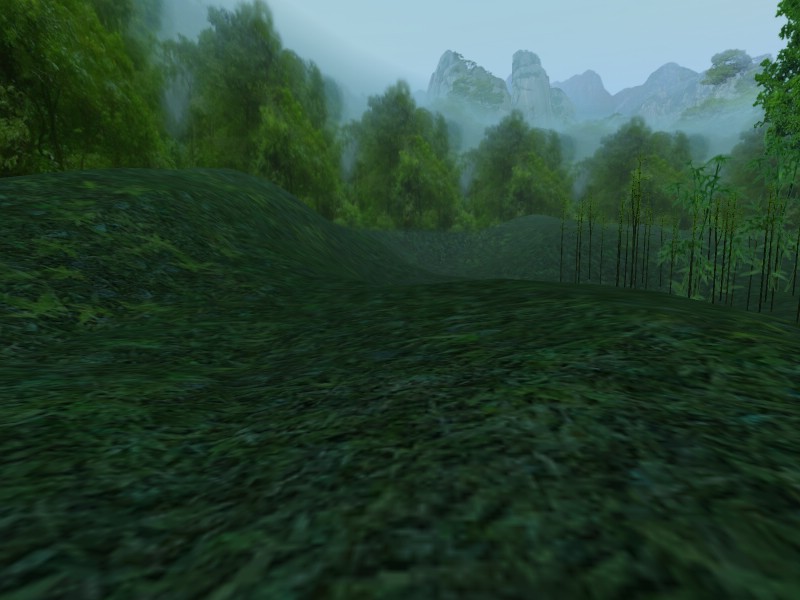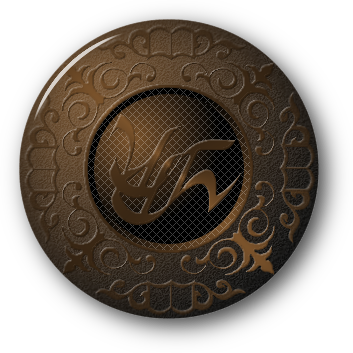

|
|
No one knows what the word jalak means. What is known is that the pillars in the Age were called jalak pillars, and that the Age takes its name from them. Jalak is a game Age. It was approved by the DRC and released to the public on August 2nd, 2007. The DRC notebook next to the linking book in the Library of Ae'gura has this to say:
The machinery in Jalak generates some of the most advanced force fields to be found in the D'ni universe, and I wonder if it may have originally been created at least partly as a place to develop and refine the technology. These pictures show the barrier field around the central platform activated and deactivated. Of note, there is another example of the barrier force field in the Todelmer Age. The observation pod in the ring around the planet Todelmer orbits has a spherical barrier force field surrounding it that has the same hexagonal segmenting you can see here.
Here are some of the objects that can be created by means of a second type of force field using a control panel that activates in your KI when you link into the Age.
The center object is a three-dimensional platform divided into a five by five square grid of pillars, each of which can be raised or lowered by your KI controls. The controls can raise and lower the pillars individually or as a group, create and dismiss various force field objects, and activate or deactivate a barrier field around the platform. The pillars are marked with strange symbols on all sides, and the tops are marked with the same four symbols in each corner. The exception is that the pillars in each corner have one of the top symbols each. The pillars are about 5' square, making the playing surface a 25' square grid, although that's not the accurate total dimension since there are gaps of several inches between the pillars. The playing surface:
The symbols on the pillar tops:
The symbols on the pillar sides:
On top of the walls are flags that are identical to those found in Minkata, and each bears a marking of the Guild of Cartographers, which could mean that the games in this Age were sponsored by them. Only four of the flags are used, the blue, yellow, green and red ones. They match the color placement of the four colored symbols on the pillar tops.
The world outside the stadium is mostly made up of rolling hills with mountains in the background. The plant life includes bluegrass, mosses, bamboo, and trees in the immediate area. In the first picture, note that the trees are spaced too regularly to be natural. They form at least two rings around the stadium, and were possibly planted by the D'ni as a windbreak or for their appearance.
The ongoing name misconception: There are a lot of explorers who call the Age "Jalak Dador", and you can find that version of the name in many World Wide Web posts. The name is incorrect. The notebook next to the linking book in the Great Library on Ae'gura is titled "Jalak", and when you link there, your KI will have "Jalak" in the Age location field. Richard A. Watson had this to say about it. "Ryan Miller thought is sounded like "Did you lock" all run together. So he started calling it "Jalak Dador" as in "Did you lock the door?" Apparently that stuck, even though it was meant as a joke." |
Myst, the Myst logo, and all games and books in the Myst series are registered trademarks and copyrights of Cyan Worlds, Inc. Myst Online: Uru Live is the sole property of Cyan Worlds Inc. The concepts, settings, characters, art, and situations of the Myst series of games and books are copyright Cyan Worlds, Inc. with all rights reserved. I make no claims to any such rights or to the intellectual properties of Cyan Worlds; nor do I intend to profit financially from their work. This web site is a fan work, and is meant solely for the amusement of myself and other fans of the Myst series of games and books. |
